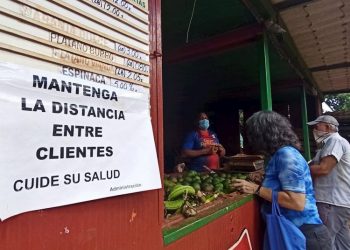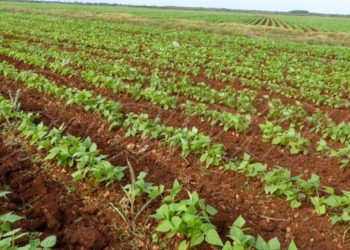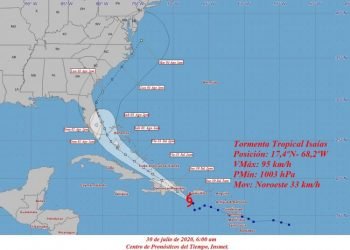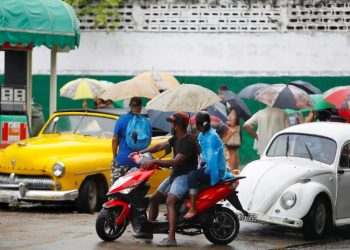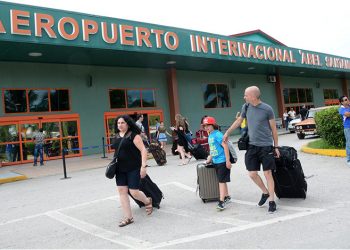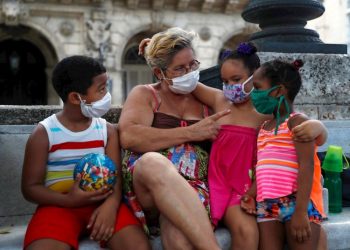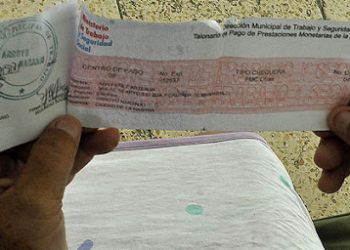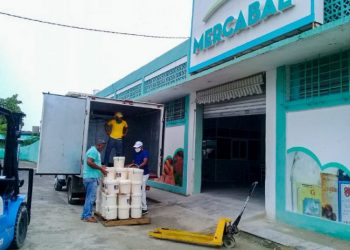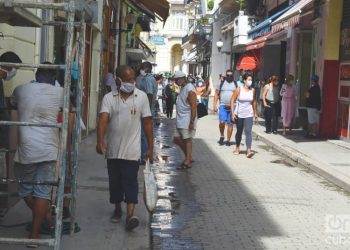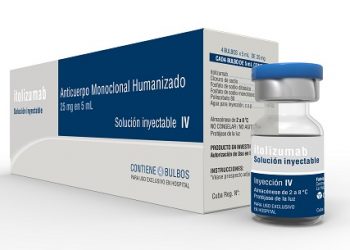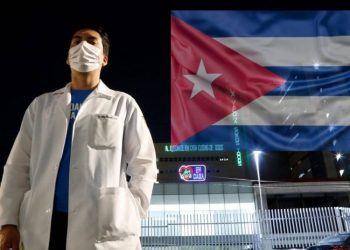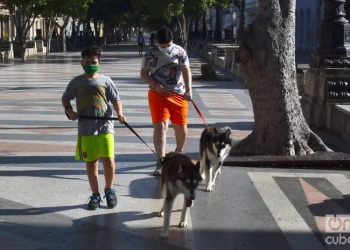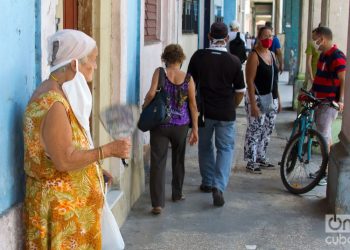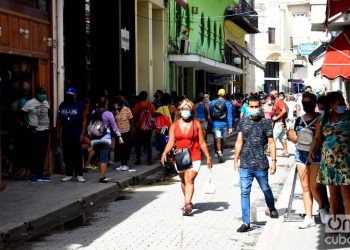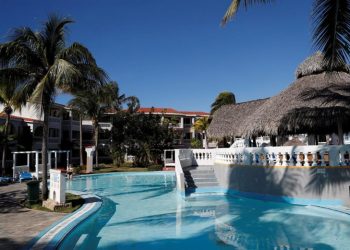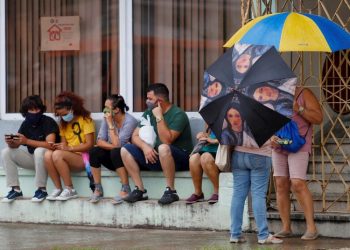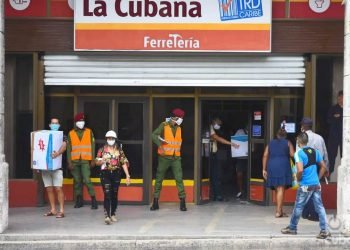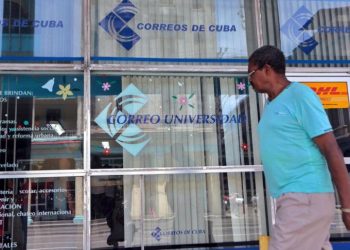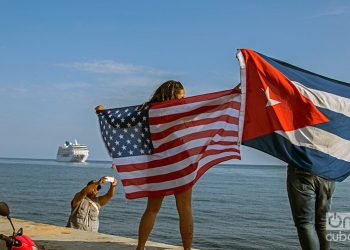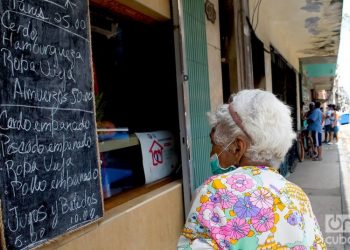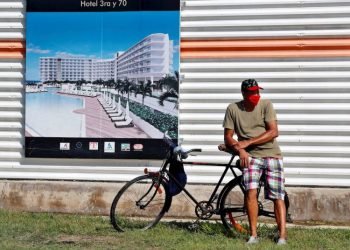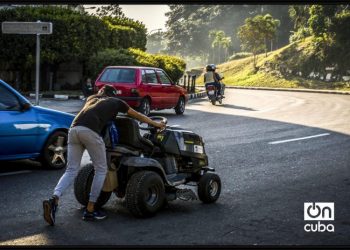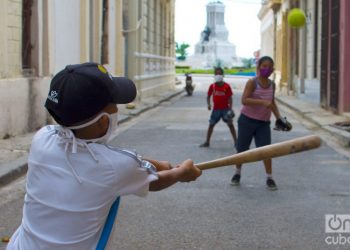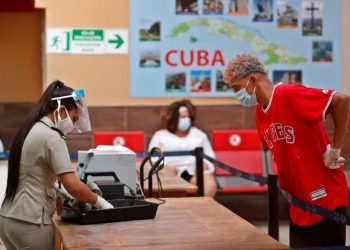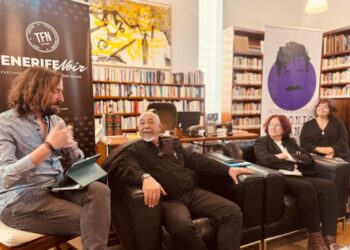Coronavirus in Cuba: more than 3,600 tests, 11 were positive
Help us keep OnCuba alive The data on COVID-19 in the last 24 hours in Cuba continue as follows: 11 new infections as a result of the 3,696 tests carried out in the country, the number of active patients increased to 164 and, as in 19 days ago, no deaths from the disease were reported. All were Cuban, according to the health authorities’ report today, 10 are contacts of confirmed cases and in one individual the source of infection is not specified. By region, they are limited to the municipalities of Bauta (Artemisa), Marianao, Playa, 10 de Octubre and Plaza de la Revolución (Havana) and Camajuaní (Villa Clara). https://twitter.com/MINSAPCuba/status/1289190549543620608?ref_src=twsrc%5Etfw%7Ctwcamp%5Etweetembed%7Ctwterm%5E1289190549543620608%7Ctwgr%5E&ref_url=https%3A%2F%2Foncubanews.com%2Fcuba%2Fcoronavirus-en-cuba-mas-de-3600-pruebas-11-fueron-positivas%2F Men predominated over women (6-5) and nine people were asymptomatic at the time of diagnosis. No patient was discharged yesterday, and one person was still in critical condition. By age groups, those affected are classified as follows: from 20 to 39 years, 5 cases; from 40 to 60, 4; and under 20 years old, 2. At midnight yesterday, 423 people were hospitalized and 3,450 were under primary healthcare surveillance. With these tests, Cuba has processed a total of 264,147, of which 2,608 have been positive.


